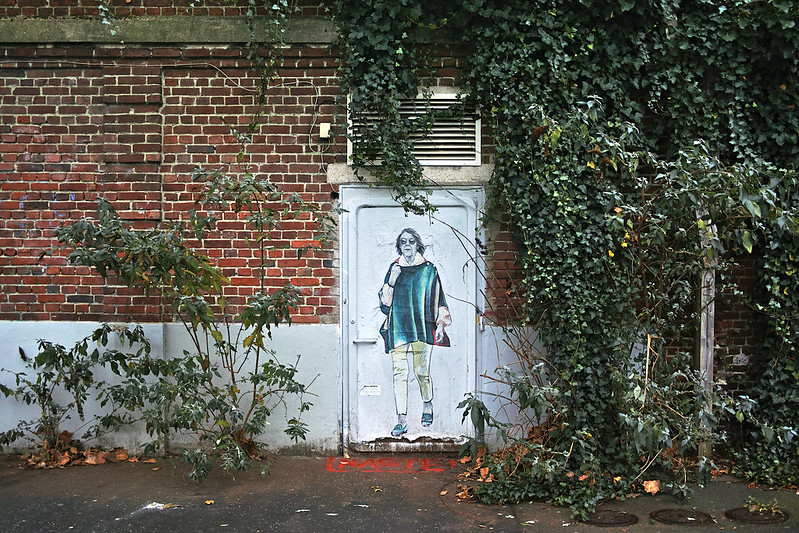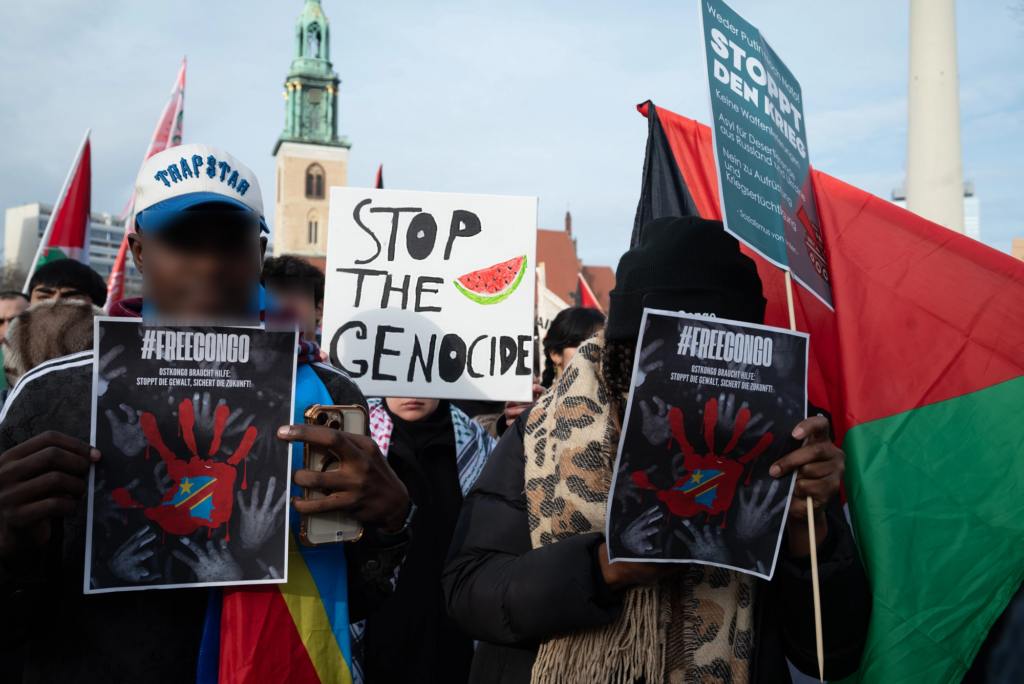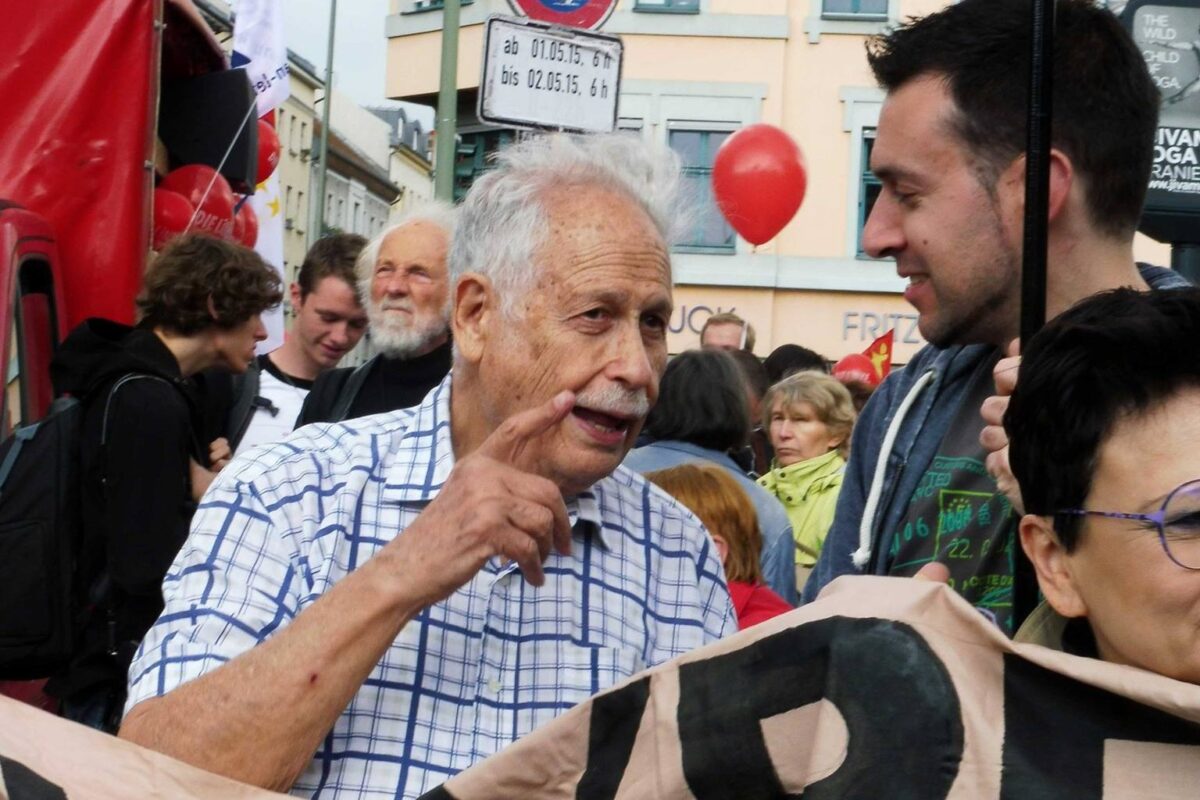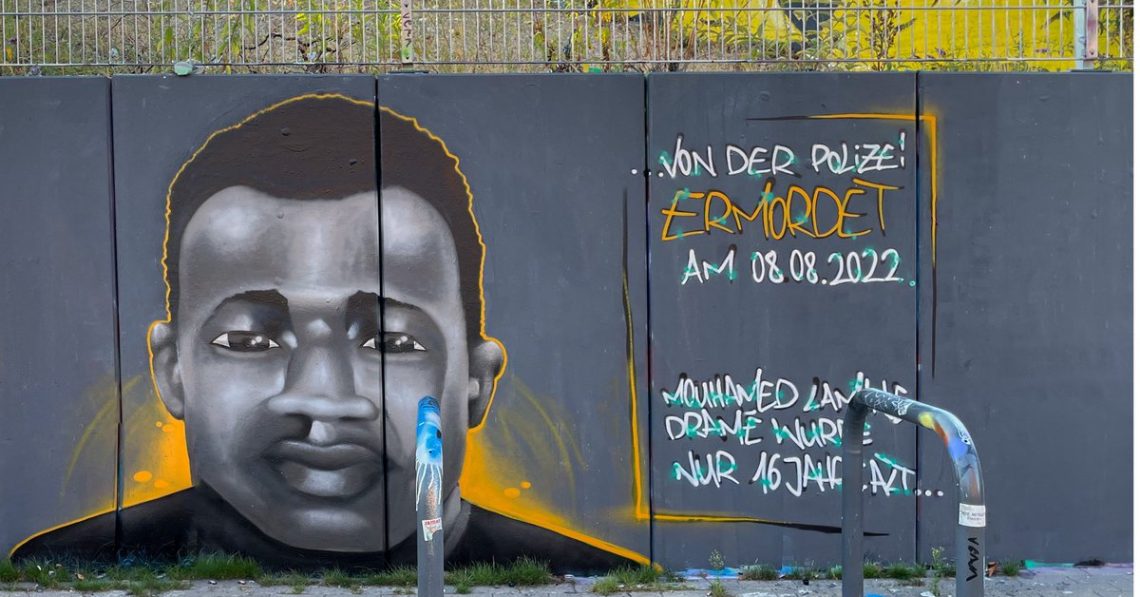The case of Gisèle Pelicot, a woman from the small village of Mazan in southern France, has captured attention across France and beyond. Her horrific case made headlines when the court hearings began in September, bringing her harrowing story to light.
For nearly a decade, her husband Dominique Pelicot had systematically drugged her by lacing her food and drinks with sedatives, leaving her unconscious. Initially, Dominique sexually assaulted his wife alone. However, he soon found that this no longer satisfied him.
He later admitted to becoming addicted to assaulting his wife and subsequently began seeking other men to participate. He recruited strangers from a website called “against her will” and invited them into their home to rape her.
Dominique’s abuse extended beyond Gisèle, deeply affecting their entire family. The investigation revealed that Dominique had secretly taken nude photographs of his adult daughter and his sons’ wives without their knowledge, further demonstrating his pattern of abuse and exploitation.
Gisèle’s daughter, Caroline Darian, testified about the devastating impact on the family, describing how they initially believed Gisèle’s symptoms were caused by illness. The emotional toll on the children has been profound, with their son David Pelicot recounting his horror upon discovering that his wife had been photographed without her consent, including during her pregnancy.
Dominique Pelicot’s manipulation of Gisèle went beyond the physical. He gaslighted her into believing she had health problems, such as Alzheimer’s, when she began experiencing memory loss and unexplained weight changes due to prolonged drugging.
What particularly shocked people around the world was that the perpetrators were “ordinary” men. The case broke the stereotype of a rapist. It’s not someone outcast from society, moving in the shadows. It could be your brother, neighbor, or colleague. A trusted member of a community.
It reveals that “roofying” is not limited to nightlife or bars; it can also happen behind closed doors, committed by someone you trust most. In this case, the perpetrators worked in professions such as firefighter, nurse, soldier, journalist, prison officer, and lorry driver. Ranging from highly respected job to more common ones, the French media appropriately referred to them as “Monsieur Tout-le-Monde” (“Mr. Everyman”).
I’ve seen the refrain “Not all men” frequently surface in social media discussions about sexual violence against women. This phrase cannot be justified. While it’s true that not all men are rapists, it’s undeniable that, in this case, all the rapists were men. Such arguments diminish the lived experiences of survivors and deflect attention from the systemic issues that enable sexual violence to persist.
Even more telling is the geographic proximity of these men, all the convicted lived within a 60km radius of the village of Mazan. The case exposes the deeply rooted rape culture in our society that persists through silence, stigma, and complicity. As Gisèle herself said, “Shame must change sides.”
The case was closed on the 19th of December and 51 men were sentenced. 46 men were convicted of rape, two of attempted rape, and two of sexual assault. While Gisèle has become a role model for women worldwide, the lenient sentences for many of the perpetrators have sparked outrage, showing an urgent need for systemic reform.
While the convictions appear to be a victory, when you look into the sentences, they tell a different story. Dominique Pelicot, the mastermind behind the horrors, received 20 years in prison – significant but arguably insufficient given the gravity of his crimes. Other men also received lighter sentences than the prosecutor requested, with some perpetrators walking free due to medical conditions.
These inconsistencies send a troubling message: the well-being of a rapist is more important than the trauma of the victim. This lack of harsh penalties undermines public trust in the justice system and raises serious doubts about its ability to deliver true justice for victims of sexual violence.
Some perpetrators justified their actions by stating they believed Gisèle had consented because Dominique had told them she did – as if a husband could decide over the wife’s body. Or they believed Gisèle’s silence was part of a consensual “sex game.” These justifications reveal their complicity and the dangerous misconceptions surrounding consent. This is further underscored by the existence of over 20,000 recordings, which clearly show that Gisèle was incapable of consenting as she was drugged into a coma.
Gisèle’s case serves as a catalyst for change. It is heart-wrenching that only after someone has suffered profoundly those in power decide to act. This case highlighted the outdated legal framework in France for addressing sexual violence. The absence of a clear legal definition of consent complicates prosecutions and retraumatizes survivors.
In fact, it wasn’t until a horrific rape trial in 1978, where two women were attacked during a camping trip and brutally beaten and assaulted by three men, that rape was officially recognized in the French Constitution. Even then it came only after intense public debate and pressure.
A rape case in Spain prompted a reform of the laws around consent, leading to the adoption of the “Yes Means Yes” standard, also known as affirmative consent, which has also been implemented in Sweden and Denmark. Briefly explained, this framework requires explicit, mutual, and informed agreement for any sexual activity, marking a significant shift from traditional laws.
Under this model, silence, passivity, or lack of resistance cannot be interpreted as consent, ensuring that the burden of proof lies with the perpetrator to demonstrate that clear and enthusiastic consent was obtained.
While Gisèle’s case highlights national failures, it also underscores the need for broader European-level reforms. One could argue that the European Union could standardize this approach across member states, aligning with its commitments to human rights and gender equality under the Istanbul Convention and the EU Charter of Fundamental Rights.
By implementing “Yes Means Yes” as an EU directive, the bloc could ensure consistent protections for victims and promote a cultural shift toward respect and accountability in all member states.
The case also shows that in addition to judicial reform, we need a societal one too. It shows how rape culture is integrated into our societies and “accepted”. Education plays a critical role. Teaching young people about consent and respect can challenge the attitudes that underpin rape culture.
Communities must move beyond the passive bystander role, actively demand change, and point out the wrongs to prevent abuse. In this case, many of the perpetrators said they noticed something was “off” but still failed to act. After leaving their house, they thought the situation was wrong but still didn’t report that further.
Online platforms like the one Dominique used, which normalize sexual violence, must be held accountable. Stricter regulations are needed to prevent the facilitation of such crimes. The fact that pornography categories like “rape” or “sleeping” exist reflects a societal issue that blurs consent and objectifies women.
Despite the shortcomings of the judicial process, Gisèle’s courage has had a profound and far-reaching impact. By forgoing anonymity and insisting on a public trial, she has shattered the stigma surrounding sexual violence and become a global symbol of resilience and feminist advocacy.
Her bravery has not only inspired survivors worldwide to speak out but also ignited a movement demanding justice, accountability, and change. Across France, public demonstrations have amplified her message, calling for an end to rape culture and stronger protections for victims.
Gisèle’s story is more than one of survival –it is one of empowerment. She has shown that even in the face of unimaginable pain and betrayal, it is possible to reclaim your voice and spark change that resonates far beyond your personal experience. Her strength reminds us that change begins with courage, and her advocacy has given hope to countless women around the globe who have faced similar struggles.
As we reflect on the injustices Gisèle endured, let her bravery inspire us to channel our outrage into action – through judicial reform, education, and grassroots activism. Most importantly, we must listen to survivors. Their voices are invaluable in shaping a society that prioritizes justice, compassion, and equality. Gisèle’s journey is a testament to the transformative power of speaking out, and it is up to all of us to ensure her courage continues to light the way for others.




